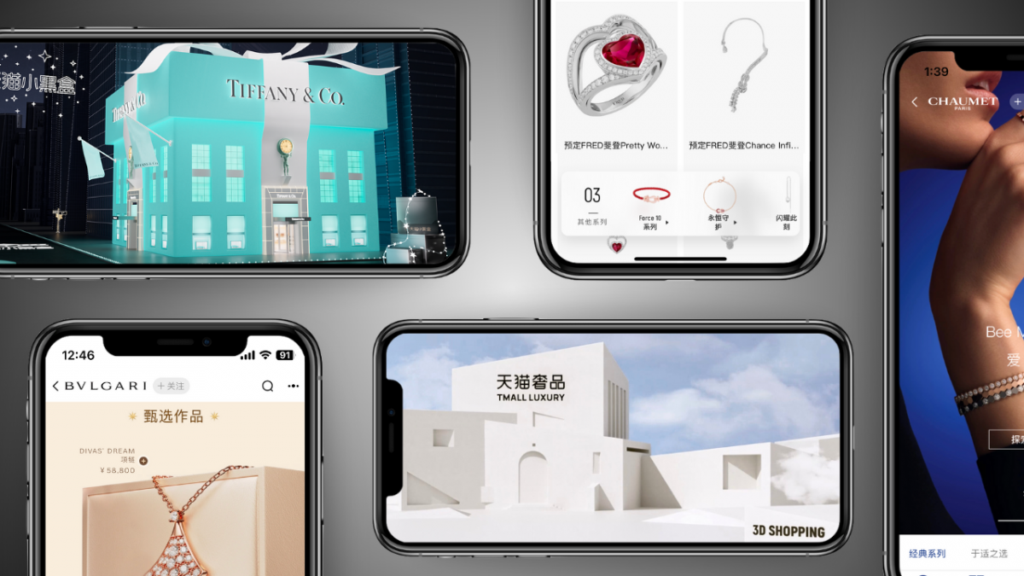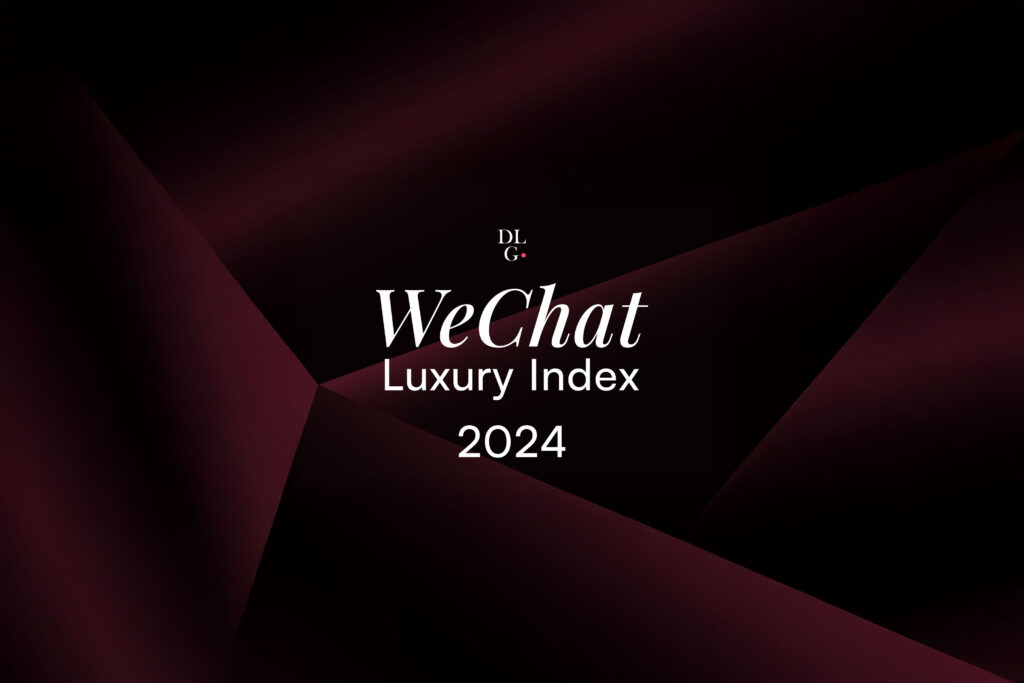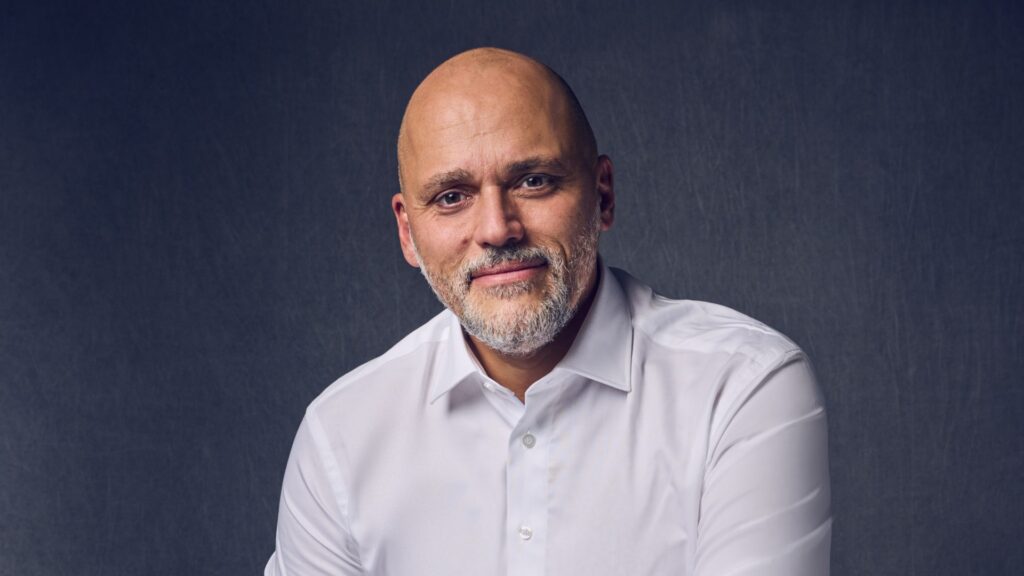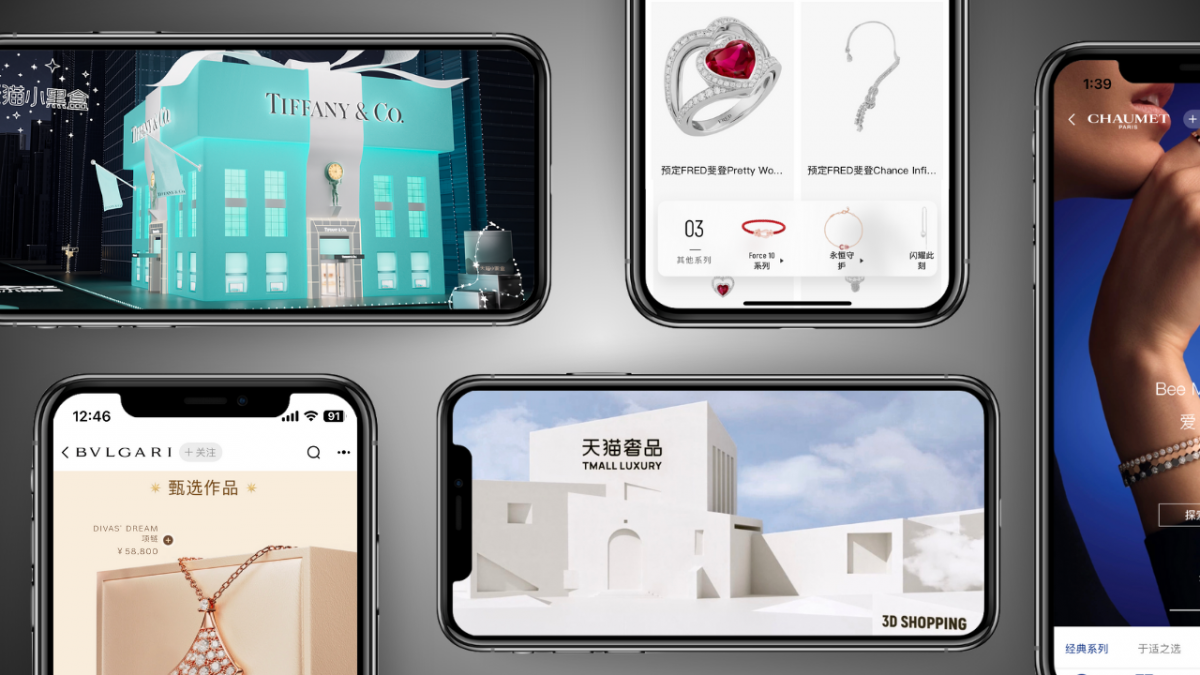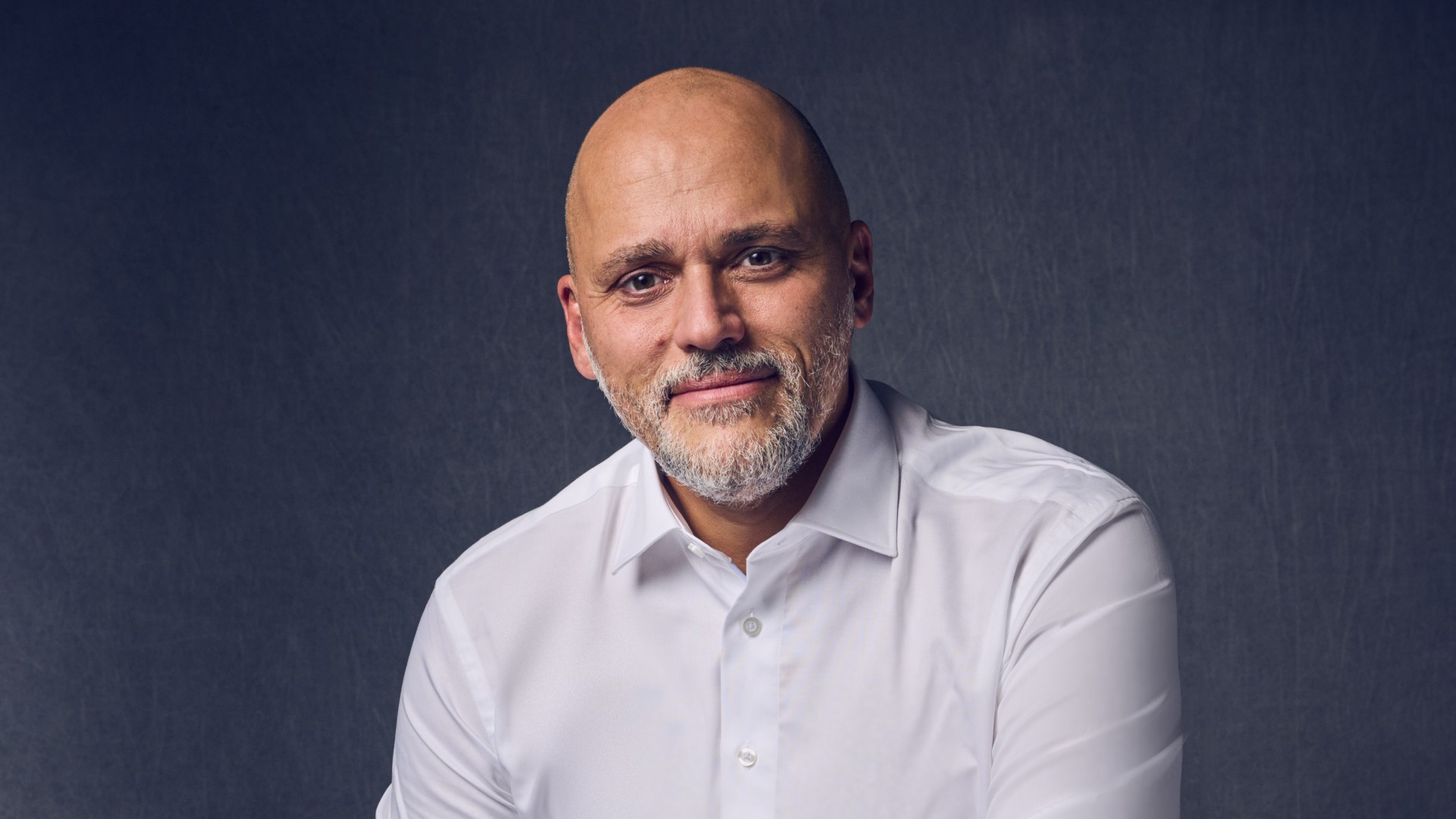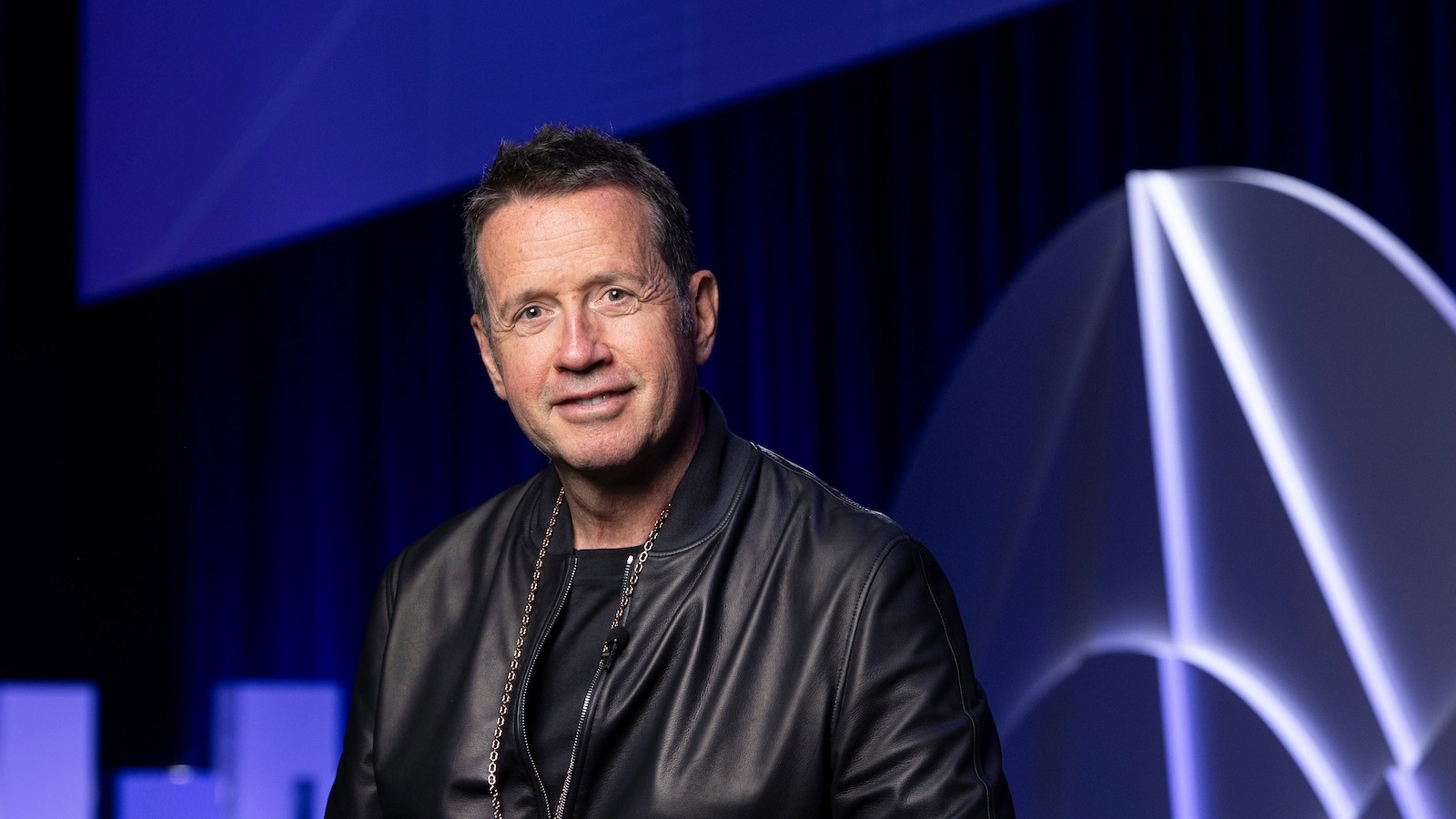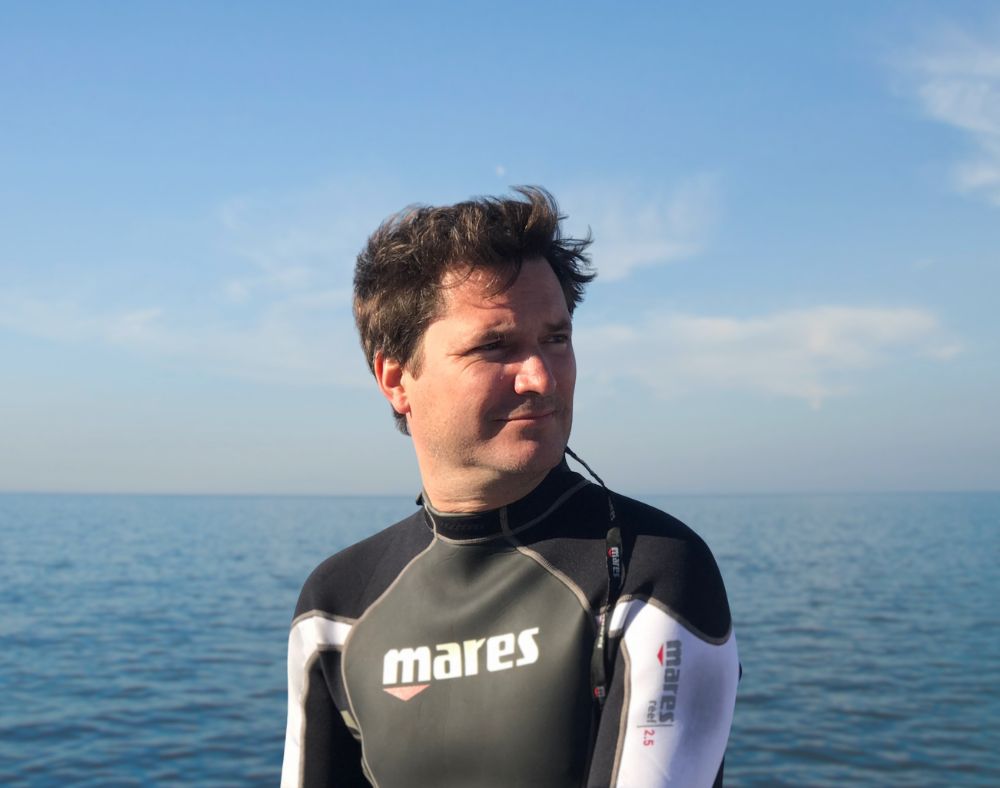As golf sheds its traditional image and attracts younger, affluent audiences, DP World Tour CEO Guy Kinnings reveals the strategy transforming the sport into a must-watch spectacle for luxury brands and consumers alike
The luxury industry’s relationship with golf has long been straightforward: premium brands sponsor prestigious tournaments, wealthy consumers play exclusive courses, and marketing follows predictable patterns. Yet beneath this familiar surface, golf is being reshaped into one of luxury’s most strategically valuable platforms – attracting younger demographics, generating record viewership, and creating unprecedented opportunities for brand partnerships.
At the centre of this stands Guy Kinnings, CEO of the DP World Tour (formerly the European Tour) and Ryder Cup Europe, who spoke on a recent episode of The Luxury Society Podcast. Since assuming the top position in April 2024, following six years as Deputy CEO, Kinnings has overseen a restructured tour delivering tangible results: tournaments enjoyed a 7% increase in spectator attendance compared to 2023, whilst peak television viewership on Sky Sports averaged a 13% increase over the same period.
The Resurgence of Golf as Spectator Sport
Golf’s status as a spectator sport has experienced considerable resilience despite broader shifts in media consumption patterns. According to CBS Sports, the network’s 2025 PGA Tour broadcasts averaged 2.969 million viewers, representing a 17% year-over-year increase and the strongest golf season since 2018.
This upward trajectory stands in notable contrast to viewership declines affecting other traditional sports, including the NBA, whose average finals viewership in 2025 was well below peak levels at 10.2 million; the NHL, which experienced significant drops in U.S. playoff and regular season audiences in 2025; and even the MLB, whose All-Star Game television viewership fell by 3% in 2025.
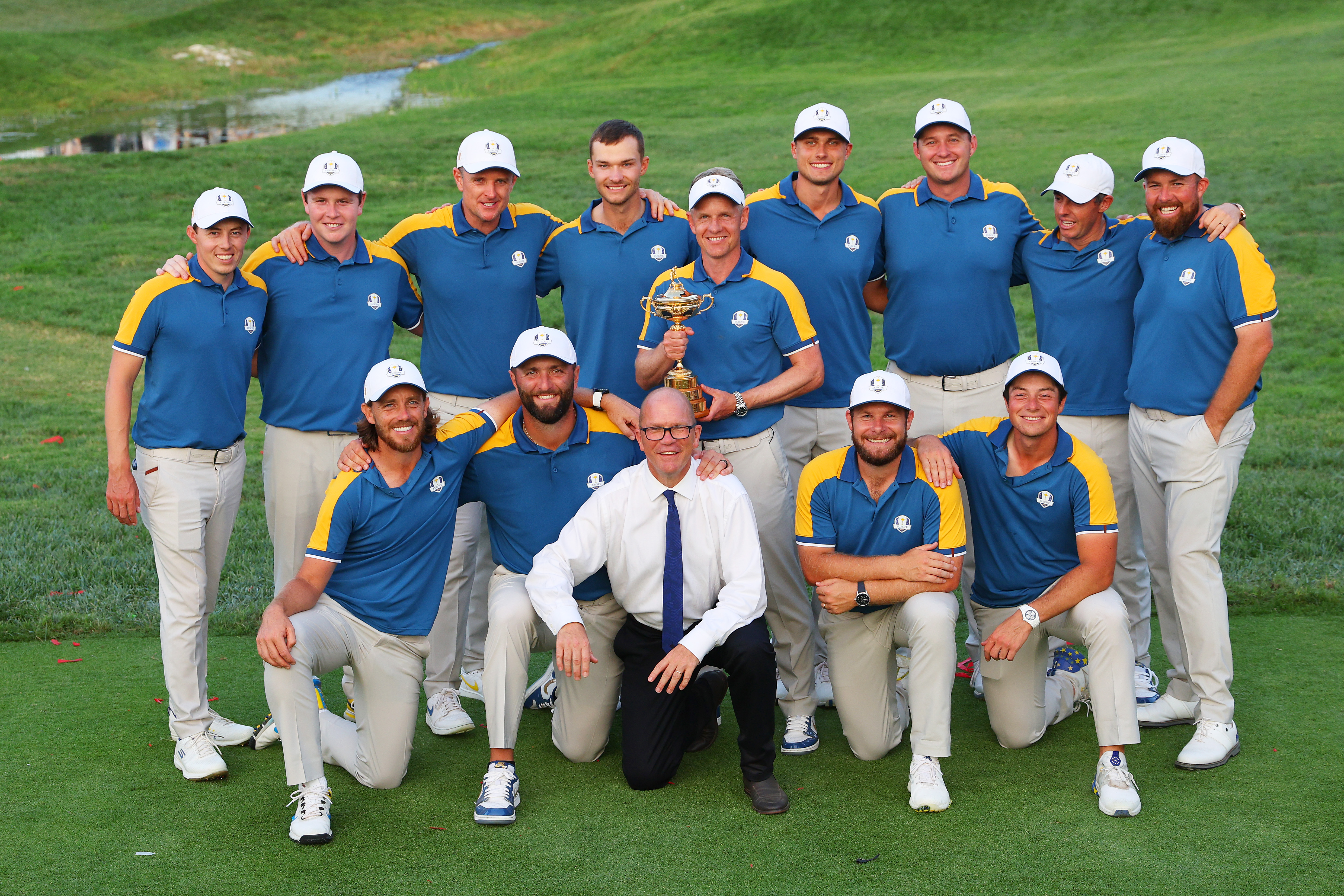
Credit: DP World Tour
“We’ve been very lucky in golf. It’s been very strong,” Kinnings observes. “We restructured our tour last year. We created some global swings, and then we put in a thing called the Back 9 – very creatively, nine tournaments – and then we brought in some playoffs, and we had really strong figures.”
This strategic restructuring has delivered tangible results beyond mere viewership numbers. “We’ve been encountering sold-out events, which we’ve never had before,” Kinnings adds. The pandemic, while devastating for many industries, paradoxically strengthened golf’s position. “A lot of people were able to play it, which they hadn’t done before. They’ve stuck with the sport, and they [now] want to come along to events.”
Shedding Golf’s Traditional Image
The sport’s resurgence stems partly from changing perceptions. “In the past, [golf] has been seen as being a little bit middle-aged and bad jumpers and little male-dominated. We’re trying to break down all of those barriers,” Kinnings acknowledges.
His strategy centres on transforming the tournament experience. “We need to find a way of attracting different audiences. Therefore, we do that by making sure the experience for the people coming to the tournaments is exceptional.”
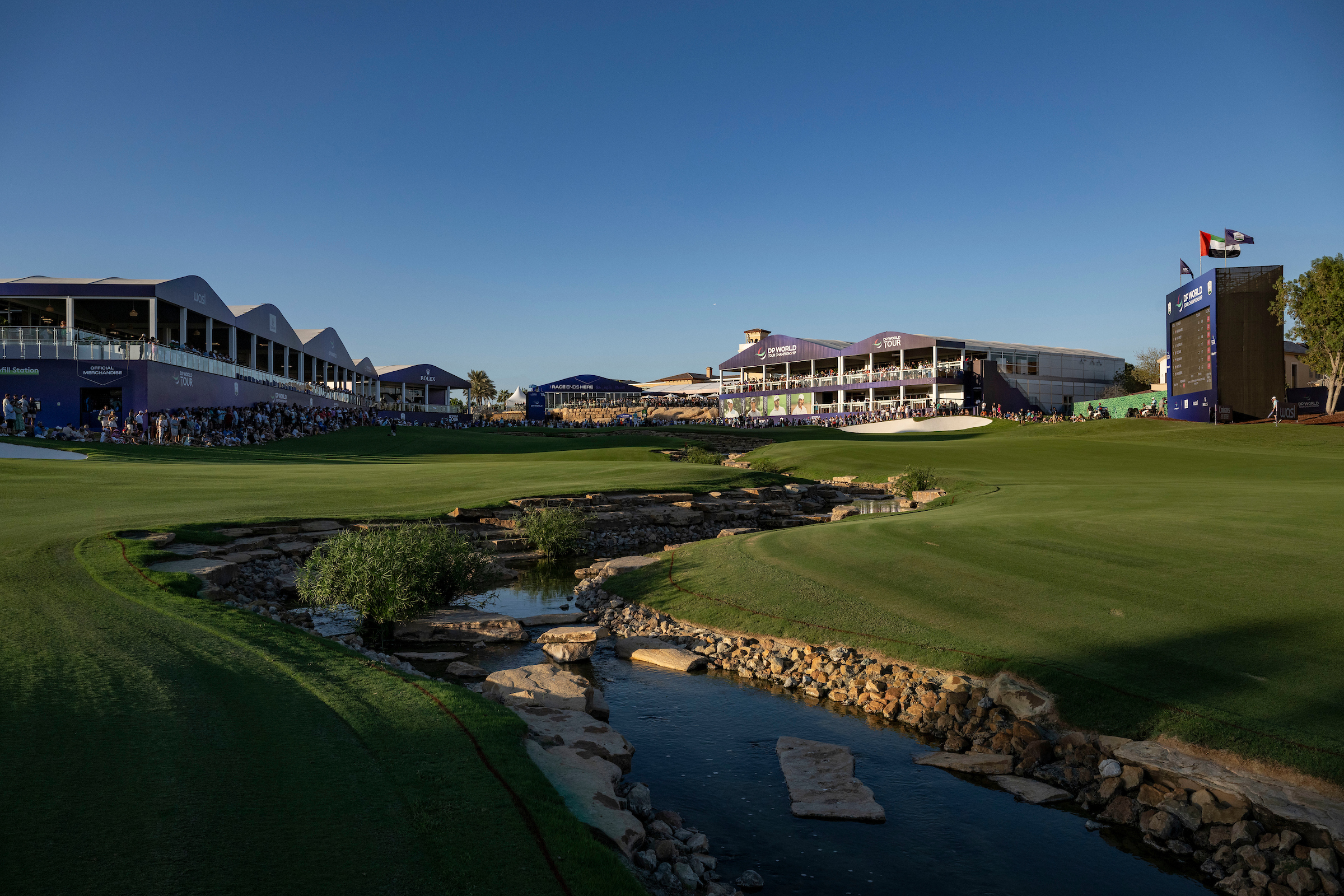
Credit: Rolex
This experiential focus aligns with broader luxury industry trends emphasising immersive brand encounters over transactional interactions – not unlike how Porsche cultivates future customers through gaming partnerships and lifestyle activations, as its Global Director of Brand Management & Partnerships, Deniz Keskin shared in an earlier interview on the Luxury Society Podcast.
Golf is reimagining itself as a comprehensive lifestyle platform rather than merely a sporting competition. This evolution manifests in multiple dimensions: embracing digital engagement while maintaining its heritage appeal, creating premium experiences, and developing content strategies that resonate with younger audiences without alienating traditional fans.
Demographic Expansion: Recruiting Younger Fans
While North America remains golf’s largest market, Kinnings emphasises the sport’s expanding global footprint. The sport remains well established in Europe, while the Asia-Pacific region is projected to grow at a CAGR of around 6.3% through 2029, driven by rising middle-class participation and infrastructure development, especially in China and India, while markets including Japan and Korea continue to demonstrate robust engagement.
More significant than geographic expansion, however, is golf’s demographic evolution. The sport is now successfully attracting younger, more diverse audiences who engage through digital platforms and social media. “We use the players themselves, who are pretty social media savvy. They recognise the value in growing their own brands, and if growing their own brands helps us, we welcome them,” Kinnings explains.
“We’ve had a huge number of influencers who find a way of engaging with the right audience across their different platforms,” he adds. This digital-first approach has yielded measurable results. According to industry research, over 30% of DP World Tour fans are now Gen Z and Millennials, with the Ryder Cup attracting even higher proportions of younger viewers. LIV Golf data reveals that 71% of its audience falls within the 18-34 age bracket, demonstrating golf’s capacity to resonate with demographics that even some luxury brands struggle to reach through traditional channels.
Beyond its social media playbook, the DP World Tour and Ryder Cup Europe have actively leveraged partnerships to amplify the golf narrative. Among its luxury collaborators are Swiss watchmaker Rolex and German marque BMW, both lending different dimensions of credibility to the game, Kinnings elaborates.
“Rolex has wonderful ambassadors, [as does] BMW. So it’s really using [the] players and others to help us tell a story in an even more compelling way than we are actually able to,” he says.
Luxury & Golf: A Perfect Match?
The DP World Tour’s partnership with Rolex also exemplifies how luxury brands can leverage golf’s unique attributes to create differentiated marketing platforms. An example of this is the Rolex Series, launched in 2017 to mark the 20th anniversary of Rolex’s relationship with the tour. The series comprises five of the DP World Tour’s most prestigious events, including the Genesis Scottish Open, BMW PGA Championship, and the season-ending DP World Tour Championship in Dubai. Each Rolex Series tournament carries $9 million in prize money and 8,000 Race to Dubai ranking points, positioning these events as essential stops for elite players.
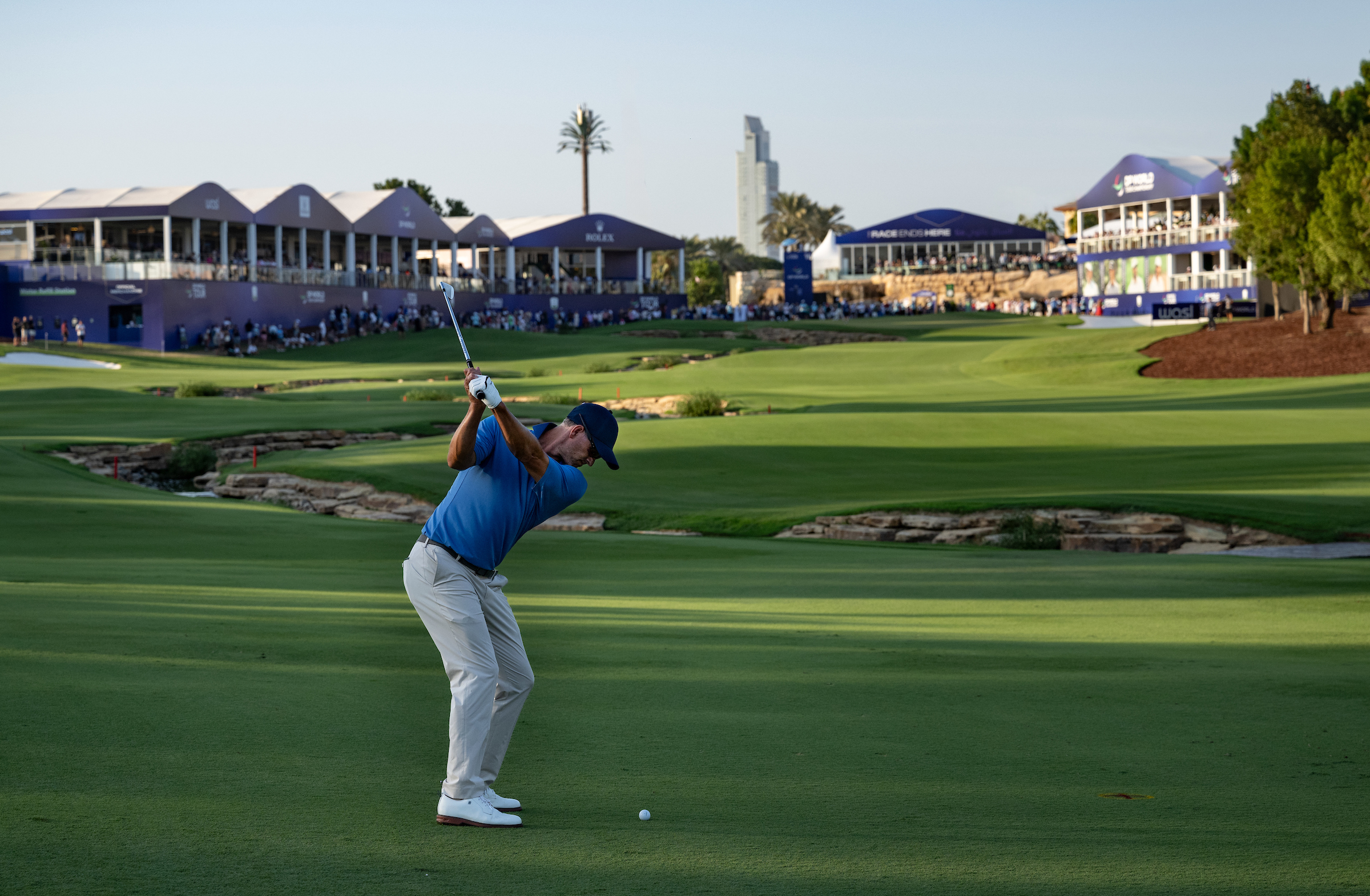
Credit: Rolex
“[This] allows us to say, we have a wonderful tour year-round, great strength, wonderful stories, but to have the best of the best at the Rolex Series,” Kinnings says.
A collaboration model as such reflects broader luxury marketing evolution. Rather than pursuing maximum audience reach, brands increasingly seek highly engaged, affluent demographics where their messaging resonates authentically. Golf delivers precisely this proposition, with research indicating that approximately 90% of Fortune 500 CEOs play the sport, while golf fans demonstrate significantly higher propensity to purchase luxury goods compared to general sports audiences.
“Golf has always been the sport of business. It’s been recognised as that. If you are successful, you tend to be a member of a golf club and drive a nice car and do these things,” says Kinnings. “We know that senior businessmen and businesswomen are drawn to the sport, and that fans are more likely to be drawn to luxury goods and all of those things.”
The sport’s partnership ecosystem provides an interesting example. By aligning with brands including Rolex, BMW, and other premium players, it has created a mutually reinforcing luxury environment where multiple brands benefit from collective elevation.
Looking Forward
As golf continues its evolution, the sport faces both opportunities and challenges familiar to the broader luxury sector. The sport provides access to high-net-worth individuals, younger demographics increasingly driving luxury consumption, and experiential environments where brand messaging resonates naturally rather than intrusively.
However, maintaining momentum while preserving authenticity, attracting new audiences without alienating existing fans, and balancing commercial objectives with sporting integrity all require careful navigation.
As Kinnings observes, golf’s strength lies not in abandoning its heritage but in evolving how that heritage connects with contemporary audiences.
This philosophy – respecting tradition whilst embracing necessary change – offers lessons applicable far beyond the fairways.
__________________________
Listen to the full interview with Guy Kinnings on The Luxury Society Podcast on Apple, Spotify, and other major podcast platforms.
To discover more about how luxury brands are building connections with younger consumers through strategic partnerships, read our interview with Deniz Keskin, Porsche’s Global Director of Brand Management & Partnerships, or listen to the podcast episode available on Apple, Spotify, and other major podcast platforms.
Subscribe to The Luxury Society Podcast to receive notifications about new episodes featuring luxury industry leaders. Never miss an episode as we continue exploring the themes shaping the future of luxury.


